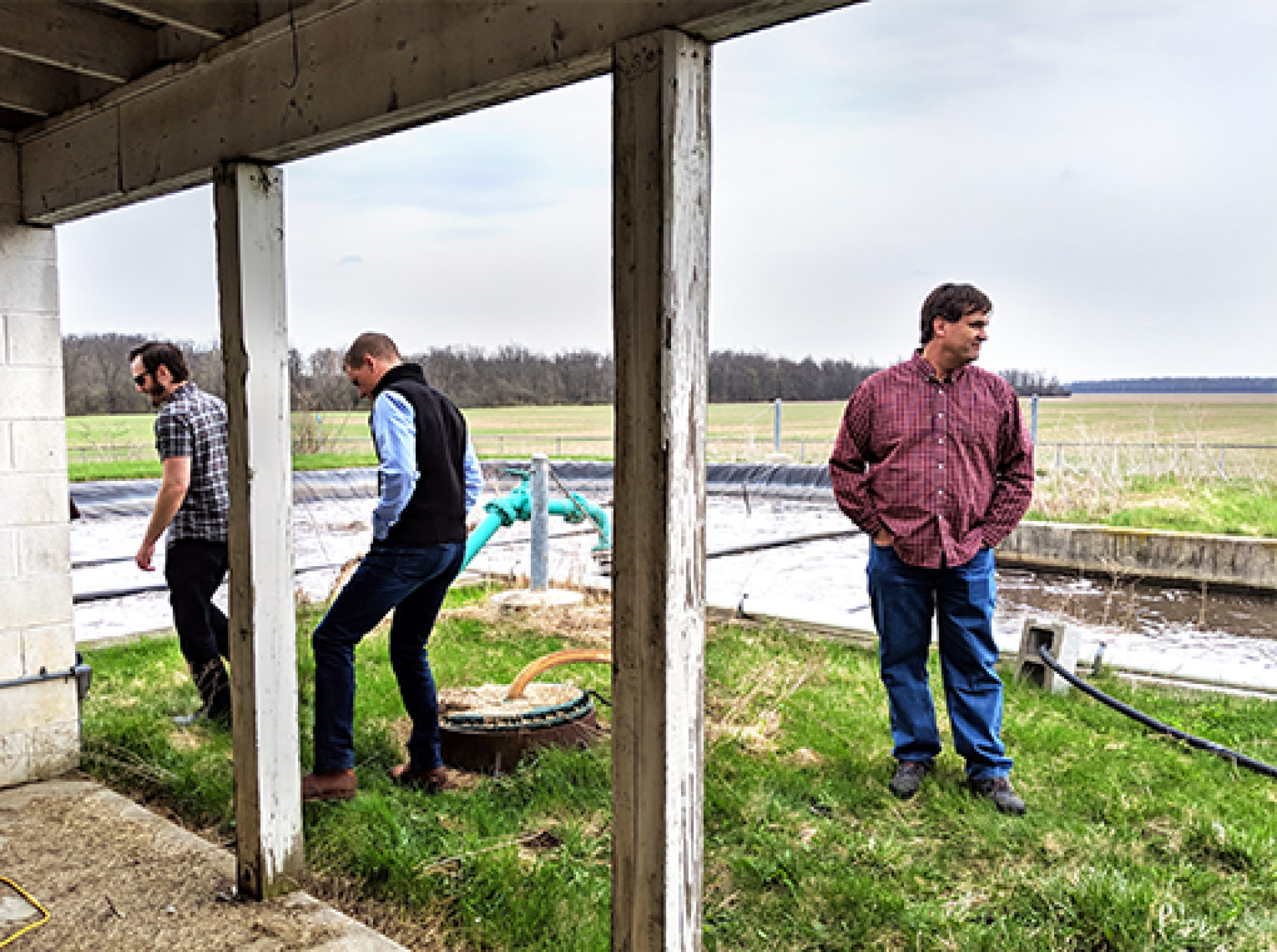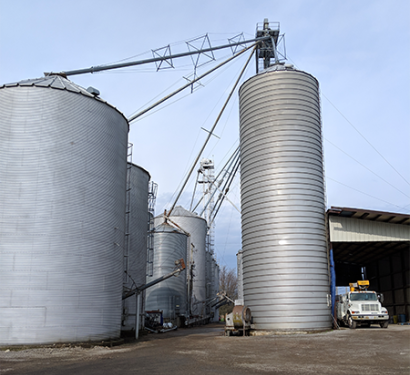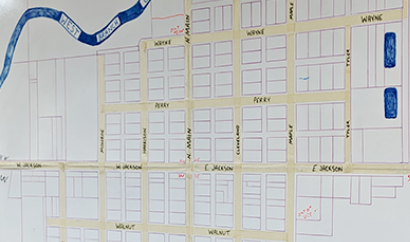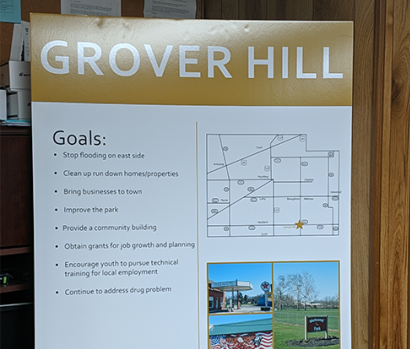Collaboration for Change
The Village of Grover Hill, a small wastewater municipality in northwest Ohio, faced a significant challenge that is all too common in communities across America: regulatory violations impacting their wastewater system. Residents were aware of the ongoing issues, as the village received notices for poor wastewater effluent quality, infiltration and inflow problems, and deficiencies in both management and finances.
The village's infrastructure was aging and deteriorating. With 222 individual septic tanks corroded by sulfuric gas, damaged concrete collection piping, and a wastewater treatment plant plagued by equipment failures, the situation was critical. Adding to their troubles, Grover Hill was burdened by debt from previous loans and faced high operational costs, making it difficult for local leaders to raise sewer rates without straining the finances of low-income and elderly residents.
Recognizing the gravity of their circumstances, the community realized they could not tackle these problems alone. In 2016, the Village of Grover Hill reached out to the Community Engineering Corps for assistance in evaluating their wastewater system and developing a strategy for rehabilitation. This partnership aimed to create a Preliminary Engineering Report that would help secure grant funding for necessary improvements.
Through the Community Engineering Corps, a team of expert volunteers from AWWA’s Ohio Section came to Grover Hill to work alongside community members. The volunteers conducted extensive fieldwork and research, engaging with residents to better understand their experiences and the infrastructure challenges they faced. Their collaborative efforts resulted in alternative designs tailored to address the village's specific needs while considering the financial constraints of its residents.
The partnership ultimately produced a Preliminary Engineering Report detailing the condition of the system, presenting various design alternatives, and selecting a feasible solution that could be implemented. This report became a crucial tool for the village as they sought grant funding to hire a consultant and contractor for the project.
Thanks to the dedication of the Community Engineering Corps volunteers, who contributed hundreds of hours to assist Grover Hill, the village recently received a $1 million grant to begin implementing the recommended solutions. “If we hadn’t been able to get the help from CECorps, the town wouldn’t have taken this step forward to see a doable solution,” remarked Roberta Streiffert, a rural development specialist with the Rural Community Assistance Partnership, who closely collaborated with the village throughout the project.
The story of Grover Hill exemplifies the power of community collaboration and the critical support that can transform infrastructure challenges into viable solutions, ensuring residents have access to safe and efficient wastewater services.
CECorps is celebrating over 10 years of Impact addressing U.S. infrastructure inequity.
Learn about the state of U.S. infrastructure and our work over the years on our Impact Page.







